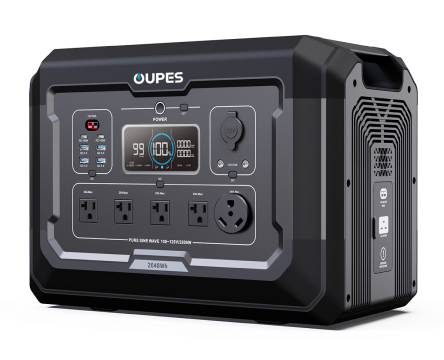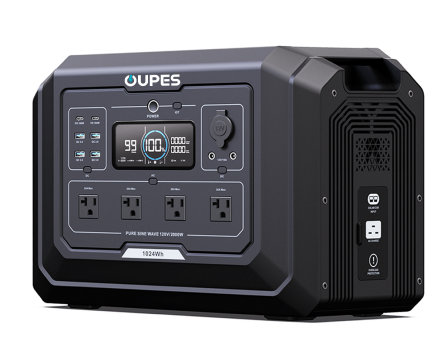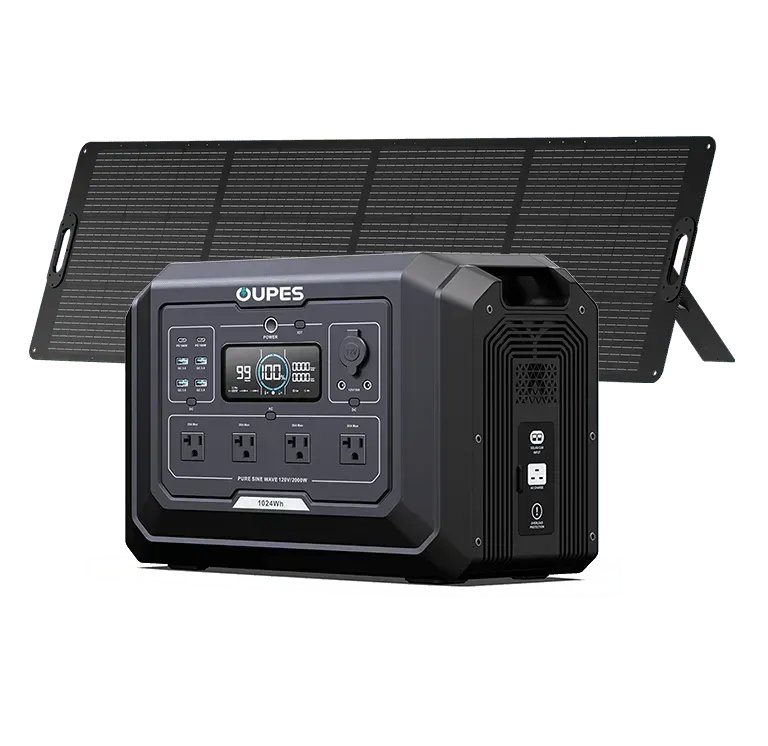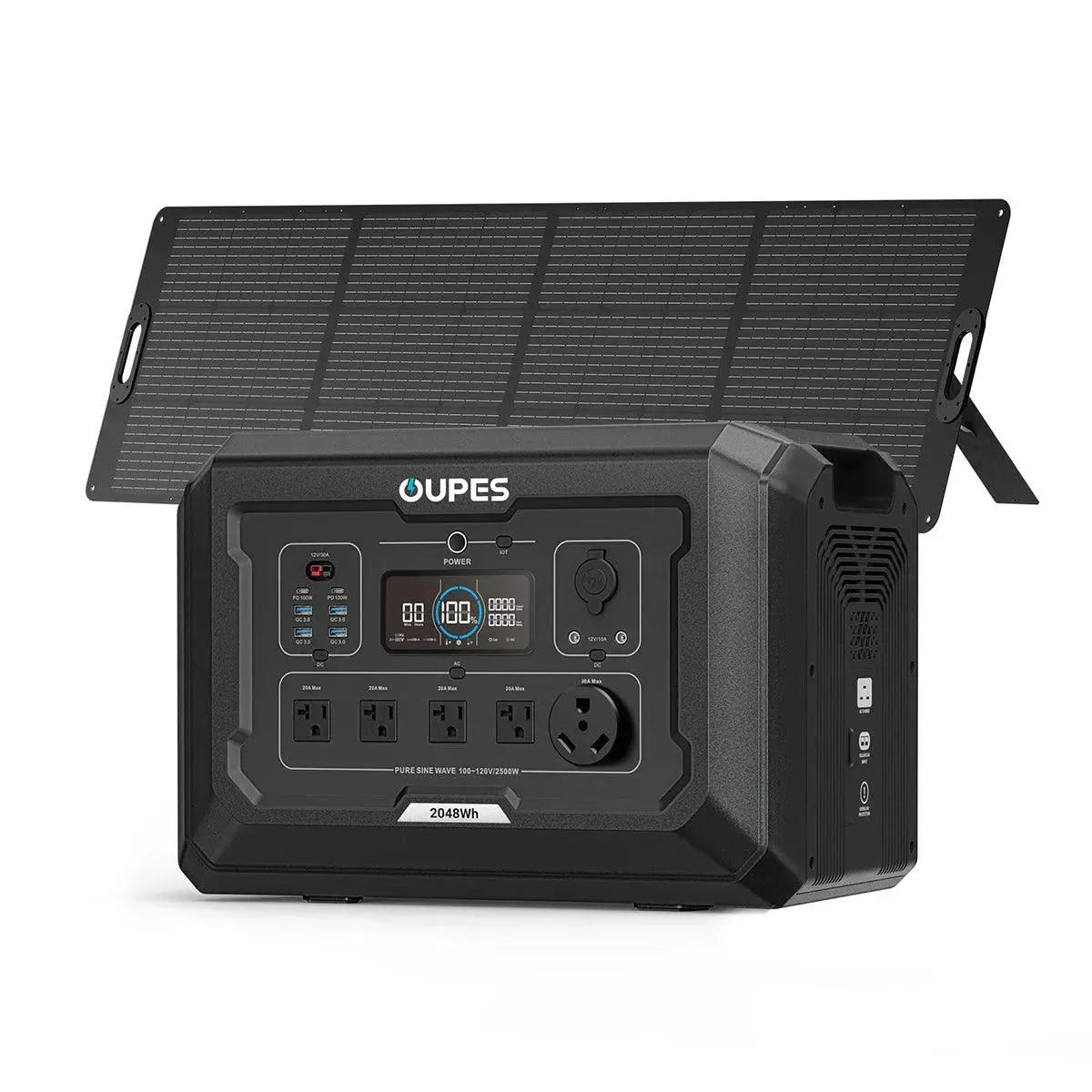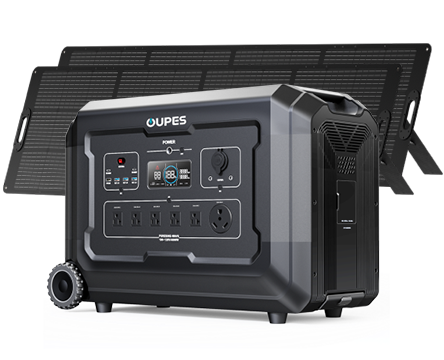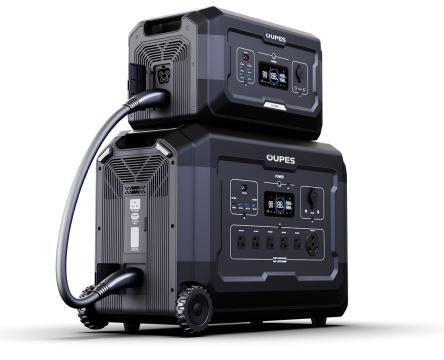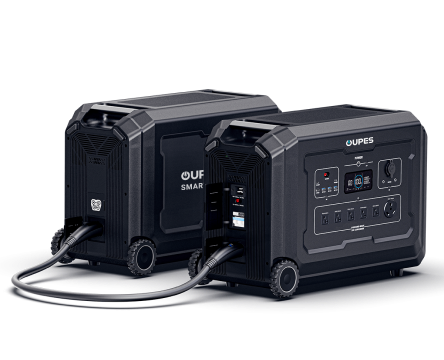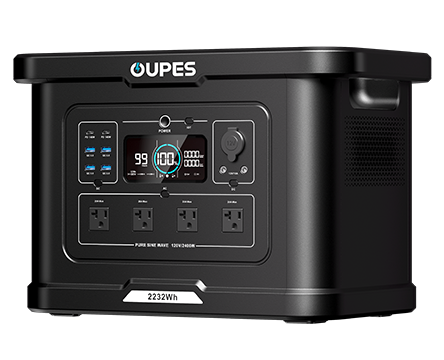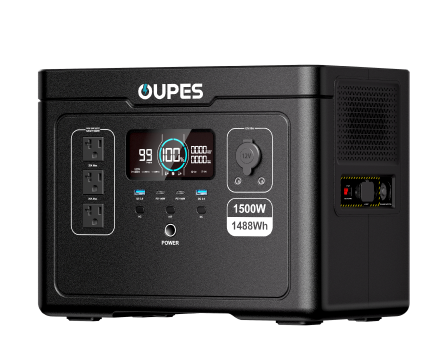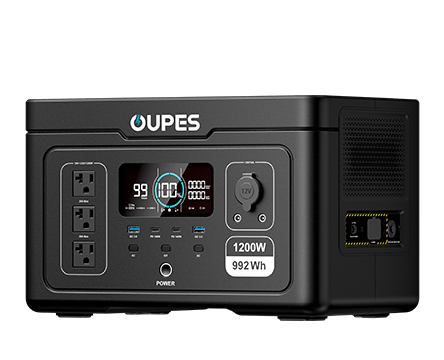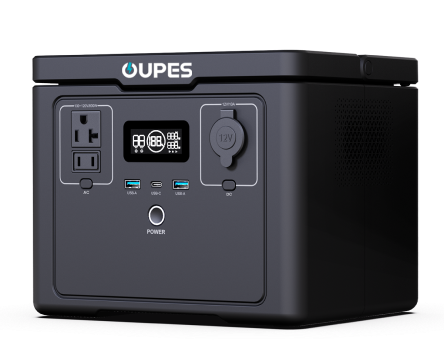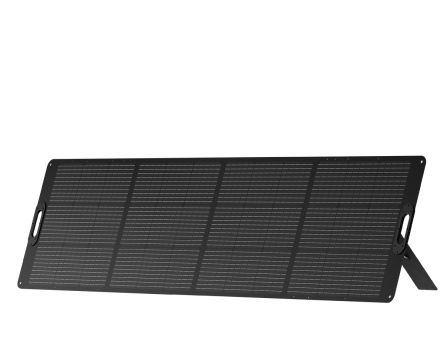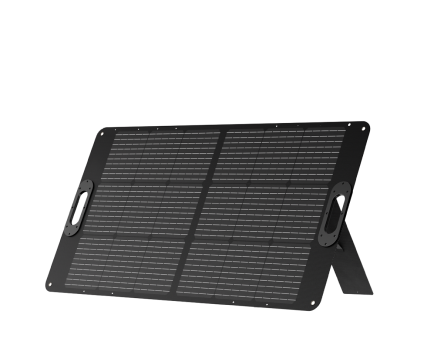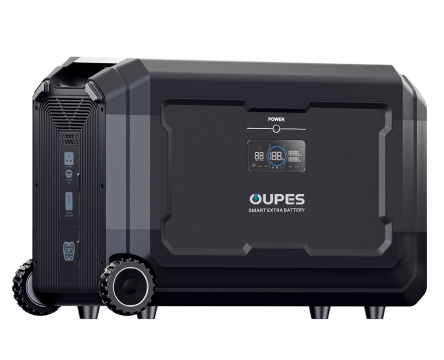
When the grid flatlines and your rooftop solar panels fall silent—victims of a phenomenon called "islanding"—the true test of energy sovereignty begins. Wiring a solar generator to your existing photovoltaic array isn’t mere electrical work; it’s a clandestine dance between legacy infrastructure and portable power’s nomadic spirit. Imagine your OUPES Titan generator as a charismatic insurgent, bypassing utility protocols to resurrect dormant solar panels into a guerrilla power network. This isn’t DIY—it’s electron rebellion.
The process demands more than cables and clamps. It requires rewriting your home’s energy constitution—a delicate coup where the generator becomes both battery bank and grid-forming overlord. From anti-islanding countermeasures to synchronized sine waves, we’ll dissect this electro-political revolution. Forget simple circuits; we’re engineering a parallel power universe.
Architecting the Hybrid Hierarchy
Traditional grid-tied solar systems suffer an existential flaw—they’re grid-dependent sycophants. When the utility falters, so do they. Enter the OUPES QuantumLink system: a double-agent inverter that severs grid allegiance while conscripting your solar panels into a microgrid militia. The wiring begins at the critical load panel, where a 240V split-phase connection establishes the generator’s sovereignty. But voltage isn’t the dictator here—frequency is. The Titan’s 60Hz pure sine wave becomes the metronome that solar inverters must obey.
OUPES’s proprietary SolarSync dongle acts as cryptographic middleware, translating your existing Enphase or SolarEdge microinverters’ encrypted handshakes into Titan-readable protocols. This isn’t plug-and-play—it’s digital espionage. By intercepting Modbus TCP signals and remapping them through a Raspberry Pi intermediary, the system fools legacy components into believing the generator is the grid. The result? Solar panels awaken from their utility-enforced coma, feeding energy directly into the Titan’s battery citadel.
The Conductor’s Crucible: Wiring Topologies
Three strategic approaches dominate this electronic insurgency. The first—dubbed the “Silent Coup”—uses OUPES’s AutoTransfer Pro switch to physically isolate the home from utility lines while maintaining solar connectivity. Heavy-gauge 6/3 copper arteries channel power from roof to generator, bypassing the main panel’s choke points. The second tactic, “Phantom Grid,” employs the Titan’s grid-forming inverters to create a 120/240V mirage that existing solar inverters blindly follow. This requires precision frequency matching—deviate beyond ±0.5Hz, and the panels retreat into protective hibernation.
For advanced insurgents, the “Direct DC Uprising” eliminates inverter diplomacy entirely. By connecting solar strings directly to the Titan’s MPPT charge controllers through combiner box insurgents, you bypass AC conversion losses. OUPES’s DC Defender modules prevent backfeeding into dormant microinverters—a critical safeguard against energy counter-revolutions. This DC-direct approach squeezes 18% more juice from panels but demands militant voltage management; exceed the Titan’s 150VDC input ceiling, and you’ll trigger its electronic Iron Curtain.
Safety’s Double-Edged Sword
Every revolution risks friendly fire. NEC 705.12(D) demands current-limiting fuses where generator and grid currents converge—a regulatory speed bump in your power coup. OUPES’s ArcFlex conduit system mitigates this with built-in AFCI breakers that distinguish between harmless arcing and actual wire rebellion. Grounding becomes tripartite diplomacy: generator chassis bonded to main panel’s ground, solar array ground preserved, and a new grounding electrode for the Titan—forming a triangular détente that prevents lethal potential differences.
But the true nemesis is phantom load—vampire devices that drain your battery reserves during occupation. OUPES’s Sentinel Load Manager solves this through strategic brownouts, using CT clamps to detect idle circuits and sever their power like a digital guillotine. Pair this with the Titan’s PriorityCharge algorithm, and your system becomes an energy Jacobin—ruthlessly allocating watts to essential loads while starving non-compliant appliances.
The Protocol Insurrection
Modern solar panels speak in riddles—proprietary communication protocols like SunSpec or FREEDM. OUPES’s Protocol Breaker software deciphers these coded dialects, converting them into open-source CAN bus messages. Wiring becomes a digital siege: Ethernet cables snake from inverter to Titan, carrying encrypted energy treaties. For Enphase IQ8 owners, a firmware hack—OUPES’s “Phoenix Patch”—disables their grid fetish, forcing them to recognize the Titan as their new overlord.
Victory comes through synchronization. Using an oscilloscope, tune the Titan’s output to mirror your solar inverter’s expected waveform signature. A 0.2% THD variance might trigger rejection. Once aligned, the system achieves harmonic convergence—solar panels pour their kilowatts into the Titan, which then dispatches them as a stabilized sine wave. This isn’t wiring; it’s electron hypnosis.
Post-Revolution Governance
The final wiring act is bureaucratic—permitting your microgrid insurgency. OUPES’s ComplianceGenie service automates UL1741-SA certification paperwork, appeasing municipal inspectors. Install revenue-grade metering (the Titan’s built-in CT clamps qualify) to prove you’re not stealing grid watts. Finally, program OpenADR protocols to let your system negotiate ceasefires with the utility during grid restoration.
In this wired world, your home becomes a power palimpsest—layers of legacy infrastructure and OUPES-driven innovation. The generator isn’t just connected; it’s crowned. And when the grid returns, begging fealty, your system stands ready—a hybrid monarch allowing conditional utility alliances while preserving off-grid autonomy. The revolution isn’t just wired; it’s triumphed.

